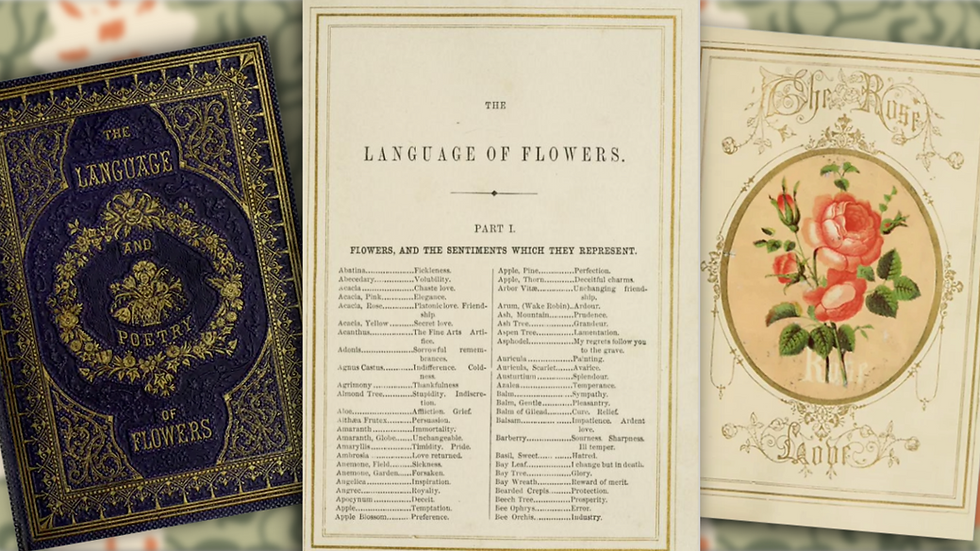The Champion Text Book on Embalming 1897 and the Strange Documenting of Early Mortuary Science
- Anna Avis

- Aug 23
- 6 min read

If you stumbled across a nineteenth-century embalming manual in a dusty attic, you might expect something dry and technical, a practical guide written for undertakers, not for curious eyes today. But opening The Champion Text Book on Embalming, first published in 1897, feels more like stepping into a peculiar hybrid of medical textbook, history lesson, and something close to art. Its photographs, grainy and formal, capture sombre men in suits and waistcoats bent over motionless bodies, their expressions fixed with the seriousness of their task. They look at once scientific and ceremonial, echoing the grand painted anatomy scenes of the Early Modern period where surgeons posed with cadavers as though staging a tableau.

This remarkable book was the work of Eliab Myers, M.D. and F. A. Sullivan, who are described on the title page as “Lecturers and Demonstrators in the Champion College of Embalming.” It was published under the auspices of the Champion Company of Springfield, Ohio, a firm founded in 1878 that is still very much in the business of mortuary products today. At the time, the Champion Company was one of several institutions vying to standardise and professionalise embalming in America, turning what had been an inconsistent and sometimes improvised practice into a science.
A Book Divided Between Science and Ritual
The text opens with a careful survey of the human body. Page after page introduces organs, muscles, and systems, illustrated with plates that remind us that this was not only a manual but a teaching aid. Embalmers of the late nineteenth century were not simply tradesmen; they were expected to have a working knowledge of anatomy and pathology. Myers and Sullivan set the tone by reminding their students that every body presents a unique set of challenges, injuries, diseases, and conditions that might complicate the embalming process.

After this anatomical groundwork, the authors pivot into history. They look back to the Ancient Egyptians, perhaps the most famous practitioners of embalming, who developed complex rituals involving natron salts, resins, and linen wrappings. The text then brings the reader forward to the seventeenth-century Dutch anatomist Frederik Ruysch, renowned for his ability to preserve specimens with startling realism. Ruysch’s collections, arranged like miniature dioramas with skeletons posed among flowers and allegorical scenes, were both scientific marvels and baroque art pieces. For Myers and Sullivan, including this history was a way of placing the modern embalmer into a lineage stretching back thousands of years — a profession with dignity, tradition, and scientific grounding.
The Practical Side: Fluids, Gas, and Disease
The real weight of the book lies in its detailed instructions on the embalming process itself. Embalming in 1897 had become closely tied to the use of chemical fluids, often based on arsenic or formaldehyde solutions, which could preserve tissue for weeks or even months. The manual explains how to remove blood from the body, replace it with preservative fluid, and prevent the build-up of gases or other unpleasant signs of decomposition.
What makes this section especially striking are the photographs. They are not artistic flourishes but straightforward documentation, yet their grainy textures and stiff compositions give them a haunting quality. In one, several men lean over a table where a body lies partially covered. In another, a close-up of a torso demonstrates the insertion of instruments. The effect is strangely reminiscent of old master paintings of anatomy lessons, figures clustered around a central subject, light falling dramatically across the scene.
Myers and Sullivan also devote attention to what they call “special cases.” These were situations where a disease or condition presented unusual difficulties: advanced tuberculosis, extreme emaciation, or the bloating associated with certain infections. Each required a variation of technique, from altering the injection points to using stronger fluids. There is an underlying pragmatism here: the embalmer was expected not only to preserve but also to restore, making the deceased presentable for public viewing.

Embalming and the Culture of Death in the 19th Century
It is worth pausing to ask why such a manual was necessary at this particular moment in history. Embalming in the United States surged in popularity during and after the Civil War. The logistics of transporting fallen soldiers back to their families meant that a method of preservation was desperately needed. Embalmers travelled with armies, offering their services, and the practice began to enter mainstream culture. By the late nineteenth century, embalming was being promoted as an essential part of the funeral industry.
The Champion Company was part of this shift. Founded in 1878 in Springfield, Ohio, it supplied embalming fluids, instruments, and eventually training. By publishing The Champion Text Book on Embalming, the company was not just instructing embalmers, it was standardising embalming itself. Reading the text today, you can feel the desire to elevate the work: to make it respectable, scientific, even noble.

One passage notes:
“The embalmer must approach his work not only with skill but with reverence, remembering that he is the custodian of the body, entrusted by the family with a sacred duty.”
It’s a reminder that embalming was as much about ceremony and public trust as it was about technique.
The Photographs: Between Documentation and Art
The real fascination for modern readers often lies in the images themselves. These photographs, printed with the halftone process typical of the 1890s, are grainy and sometimes hard to parse. Yet they carry a weight of atmosphere. The bodies are anonymous, draped with cloths, but the presence of the living, the men in dark suits, leaning in attentively, gives the scenes a theatrical quality.

Viewers today often compare them to the anatomy scenes of painters like Rembrandt, whose Anatomy Lesson of Dr. Nicolaes Tulp (1632) shows surgeons clustered around a dissected cadaver. In both cases, the dead body becomes a centrepiece around which knowledge, ritual, and professional identity are constructed.
The grainy photographs also speak to the technology of the time. Long exposures required stillness; the figures are frozen, not in action but in demonstration. They are not unlike the staged photographs of surgical procedures in 19th-century hospitals, which were as much about displaying authority as they were about instruction.

Science, Business, and Legacy
By the time Myers and Sullivan published their textbook, embalming had become a cornerstone of the American funeral industry. The Champion Company, like its rivals, provided both the materials and the training. In doing so, they helped shape what would become the standard model of modern funerals, embalming followed by public viewing and burial.
The company itself remains in operation in Springfield, Ohio, continuing to manufacture embalming fluids and mortuary supplies. It stands as a direct link to that moment in the 1890s when embalming was being codified into textbooks, taught in lecture halls, and photographed for posterity.
Today, those photographs from The Champion Text Book on Embalming strike us as strange, even unsettling. Yet they also capture a moment when science, ritual, and industry came together. They are at once medical records, teaching tools, and unintentional works of art.
Why These Images Still Resonate
Looking at these images more than a century later, it is tempting to focus only on their eerie qualities. But they also tell us something about how people once thought about death. For Myers and Sullivan, embalming was not a hidden backstage operation but a profession that demanded visibility, respect, and instruction. The book was a way of saying: this work matters, and it deserves to be documented.

There is also a democratic quality to it. Unlike the Egyptian embalmers who worked only for the elite, or the anatomists who dissected bodies for science, these embalmers served ordinary families. The photographs remind us that behind every embalmed body was a community struggling with loss and seeking dignity for the departed.
Conclusion
The Champion Text Book on Embalming (1897) sits at a fascinating crossroads of history. It reflects the professionalisation of the funeral industry, the scientific ambitions of the late nineteenth century, and the cultural obsession with making death presentable. Its photographs, unintentionally artistic, resonate with viewers today precisely because they blur the line between science and ritual, documentation and art.
In their own way, Myers and Sullivan succeeded. They did not just preserve bodies — they preserved a moment in time, one that continues to speak to us across the gulf of history.
The full book can be viewed via The Library of Congress here
Sources
Myers, Eliab, M.D., and Sullivan, F. A. The Champion Text Book on Embalming. Champion Company, Springfield, Ohio, 1897.
Habenstein, Robert W., and Lamers, William M. The History of American Funeral Directing. Bulfin Printers, 1955.
Curl, James Stevens. The Victorian Celebration of Death. Sutton Publishing, 2000.
Nuland, Sherwin B. The Doctor’s Plague: Germs, Childbed Fever, and the Strange Story of Ignac Semmelweis. W.W. Norton, 2004.
“Champion Company History.” Champion Company (Official Website). https://www.thechampioncompany.com











































































































Comments